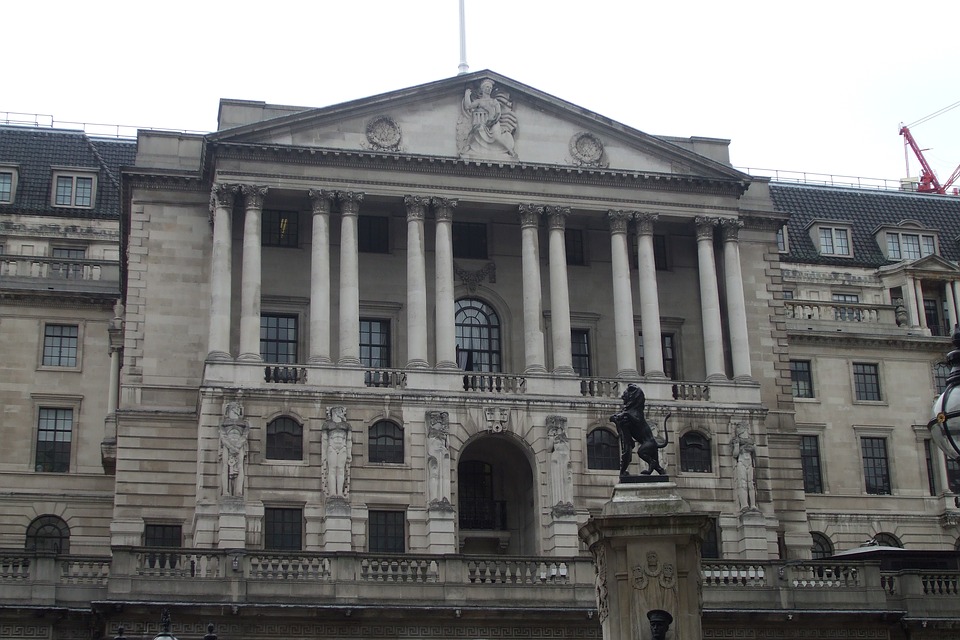The UK’s largest mortgage lender says it will increase rates on Wednesday as the cost of new fixed rate deals continues to climb.
The Halifax, part of Lloyds Banking Group, will put up the interest rates on a range of deals for new borrowers to well over 5%.
“On October 5, we’ll be updating the rates on our homebuyer mortgage range,” a spokesperson for the Halifax told STV News.
“We continue to have a range of fixed-rate product terms available up to 95% LTV (loan-to-value). The new rates reflect the continued increase in mortgage market pricing over recent weeks.”
The Halifax’s decision means its rate for a two-year fixed deal for a customer offering a 25% deposit is up from 4.61% to 5.84%.
A five-year fix with the same deposit will stand at 5.44% from Wednesday and a ten-year fix at 5.34%.
Many leading British banks are re-entering the mortgage market with interest rates of almost 6%, after halting new fixed-rate home loans last week.
Four days ago, the rate was 5.43% and at the start of December it was 2.34%.
Barclays, Skipton Building Society, NatWest, Virgin Money and Nationwide are among the lenders to increase their rates on new mortgage deals after chancellor Kwasi Kwarteng’s raft of tax cuts prompted concerns for the impact on inflation.
Contact us today to speak with a specialist Commercial Finance Broker to discuss how we can assist you.
1.8m fixed rates to end
Last month, the Halifax temporarily withdrew from the market all of its mortgage products that come with a fee amid continuing volatility surrounding the pound.
Several other lenders – including Virgin Money and Skipton – also pulled products from the market.
With mortgage rates generally on the rise, alongside other household bills, and many mortgage products having recently vanished from the market, more people may find it a struggle to keep up with their payments in the months ahead.
While the majority of mortgage holders are on fixed-rate deals, 1.8 million fixed deals are scheduled to end next year – meaning some homeowners could be in for a bill shock when they do eventually come to take out a new mortgage.
The interest rate on a new, average two-year fixed deal has risen consistently since Kwarteng’s mini-budget.
On the morning of the speech on Friday, September 23 it was 4.74%. Now, it is 5.97%. A five-year fixed deal has typically risen from 4.75% to 5.75% over the same period.
‘Weakest start to month’
October has seen the weakest start to the month for mortgage product choice in more than 12 years, according to financial information website Moneyfacts.co.uk.
Some 2,258 residential mortgage products were available on Saturday October 1, the lowest figure for the first day of a new month since May 2010 when 2,087 deals were available, it said.
Lenders pulled mortgage products from sale in large quantities last week amid market turmoil following the mini-budget.
On the first day of September this year, there had been 3,890 mortgage products for sale.
By Monday this week, there had been a slight improvement compared with Saturday, with 2,262 mortgage products to choose from.
Rachel Springall, a finance expert at Moneyfacts.co.uk said: “Borrowers may be concerned to see a further fall in mortgage availability, but many lenders have been very vocal that their withdrawals are on a temporary basis amid interest rate uncertainty.
“Seeking advice from an independent broker would be wise, especially for those borrowers who have not yet started the mortgage process and are deterred from the level of choice and much higher mortgage rates than they were perhaps anticipating.
“The next few weeks will be crucial to see where lenders go from here, but we have already seen some new fixed deals arrive since last week.”
Read about the UK Housing Market via our Specialist Residential & Buy to Let Division
Government pledges
Prime Minister Liz Truss said on Tuesday the UK Government will do “what we can” to support households over the coming months, amid growing concerns about the pressure rising interest rates will put on millions of people across the country.
She also insisted that her government would help households through the cost-of-living crisis, but also pointed to her and the Chancellor’s dash for growth as the antidote to some of the problems facing the country.
But Truss, who in recent days has been forced into two major U-turns amid backbench outcry over Kwarteng’s mini-budget, offered no specific reassurances for households who could be facing a steep rise in interest rates in the weeks and months to come.
Asked if the UK Government might be able to help struggling households, she acknowledged that people were “worried” about the cost of living and rising inflation, but once again said that interest rates were a decision for the Bank of England.
There is an expectation that the Bank of England could feel compelled to step in with another interest rate rise in the weeks to come, following the Chancellor’s mini-budget last month, in order to further calm the markets.
Such a move would only add further pressure to homeowners and those trying to buy a house.
Truss said: “We’re also doing what we can to help homeowners through stamp duty reductions [in England].
“The reality is, though, that interest rates are set by the independent Bank of England. They make those decisions on the basis of what’s happening with inflation and other factors.
“That’s why we have acted decisively on the energy price guarantee. We’re also doing what we can to help homeowners through stamp duty reductions. The reality is, though, that interest rates are set by the independent Bank of England.
“They make those decisions on the basis of what’s happening with inflation and other factors.”
By Kevin Scott
Source: STV News





